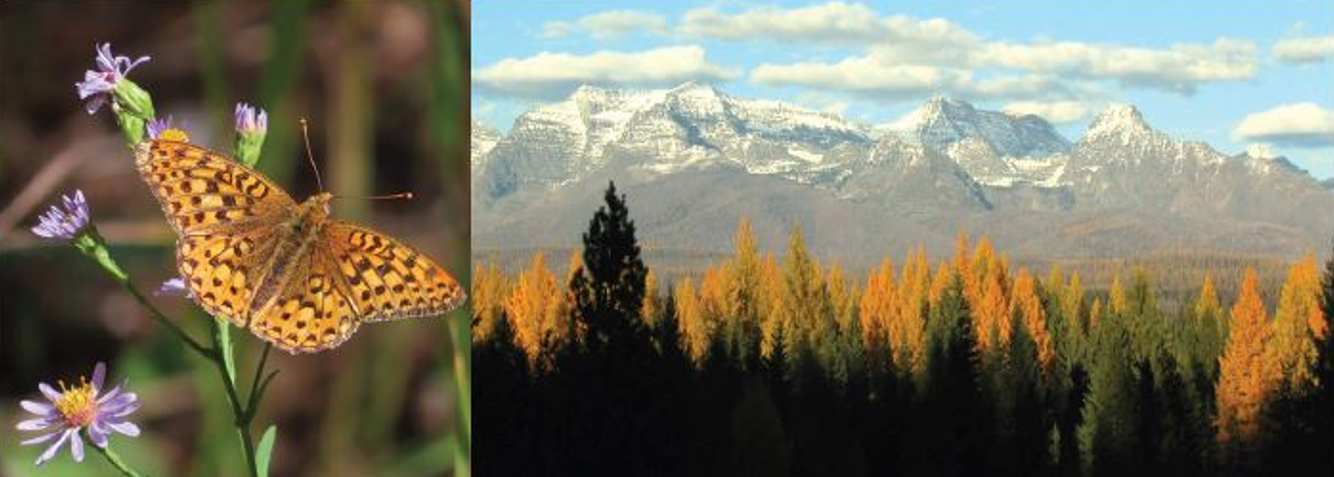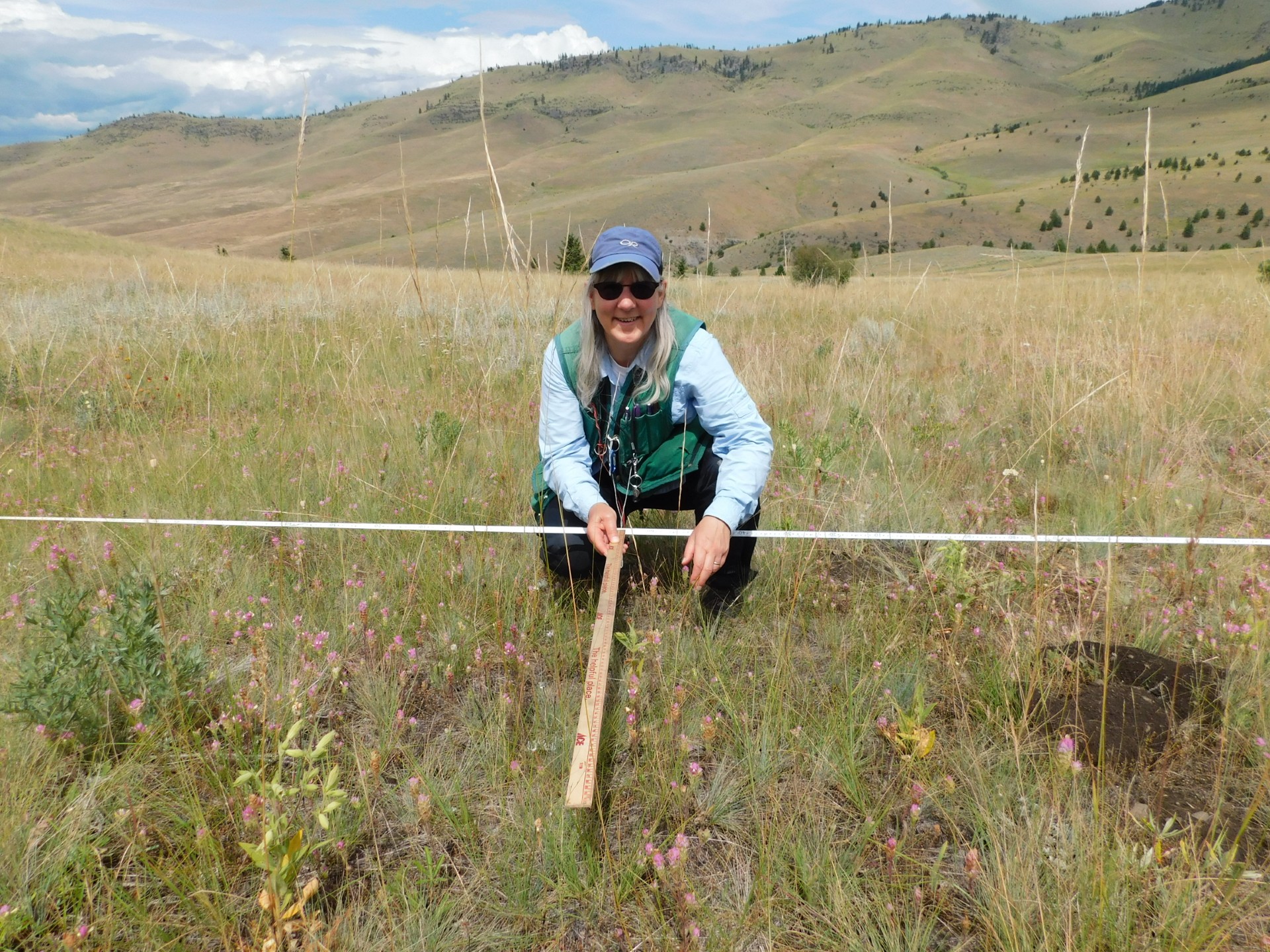
Montana Native Plant Conservation Strategy with Andrea Pipp

For the 1st time Montana has a statewide native plant conservation strategy. Its purpose is to promote the collective and coordinated stewardship of our state's native flora and habitats, emphasizing plant species, unique habitats, and plant communities of Greatest Conservation Need. Join Andrea Pipp, Montana Natural Heritage Program Botanist, as she illustrates the rare plants and imperiled habitats, why they are at-risk of loss, importance of pollinators, and roles of the herbarium in plant conservation. She'll provide examples of the many ways that private landowners, educators, conservation organizations, and federal and state land agencies can participate to ensure the persistence of all native plants.
Andrea Pipp serves as the State Botanist for the Montana Natural Heritage Program. In 1989 she earned a Bachelor's degree in Zoology and in 1998 completed a master's degree in Wildlife Biology from the University of Montana. Andrea became more interested in the plants because every wildlife job required studying the habitat. Later, she became intrigued by mosses, dabbled with liverworts and fungi, and really took a liken to the lichens. For her graduate work she studied how the age and structure of the forest influences the lichens that grow in the tree canopy.
Andrea has 40 years of botany and wildlife experience working for the federal, state, and private sectors. She is in her 10th year at the Montana Natural Heritage Program. In this position, she manages a statewide botany database on the species, status, and distributions of Montana’s native and exotic flora, emphasizing Species of Concern. The work involves vascular plants, bryophytes, lichens, fungi, algae, cyanobacteria, and diatoms.

